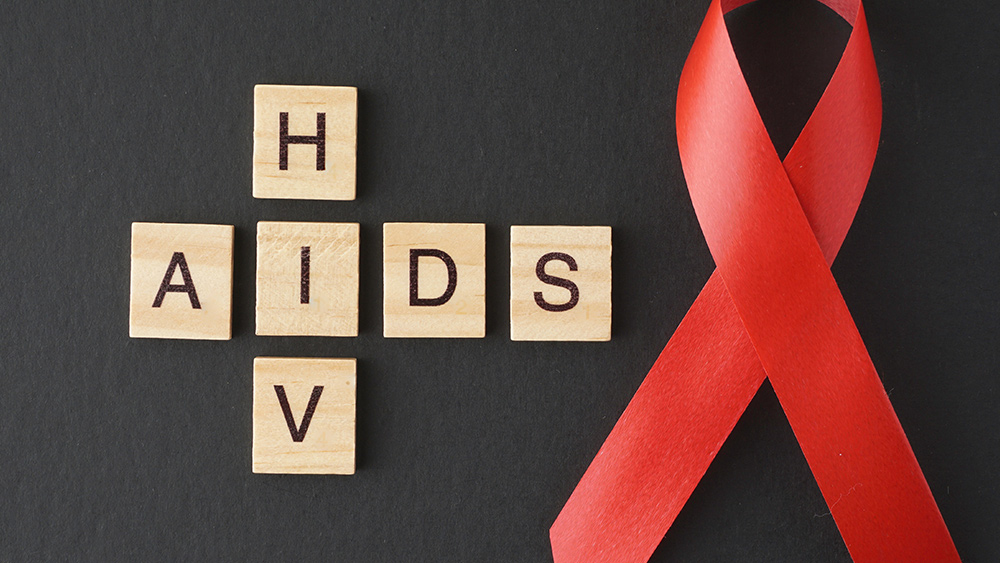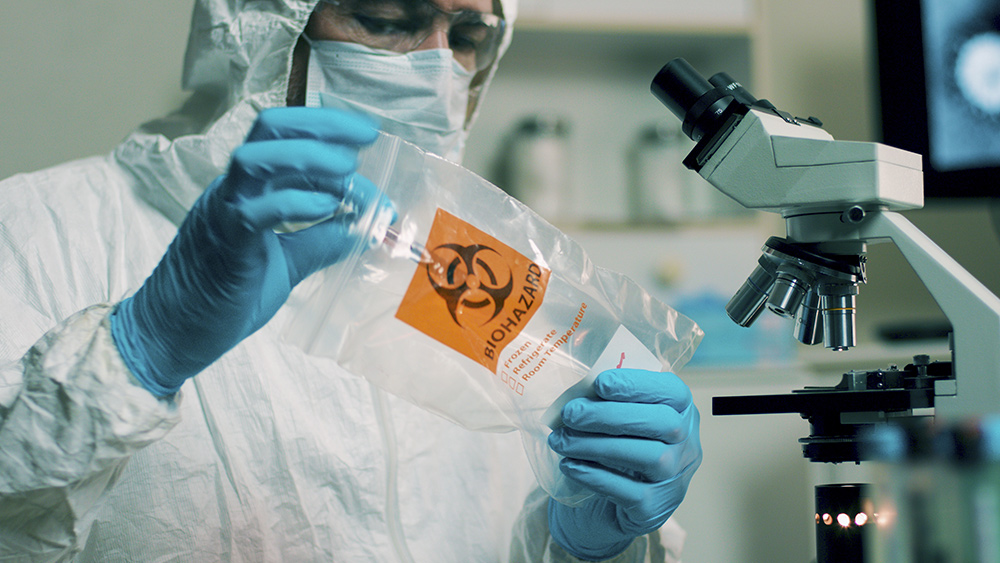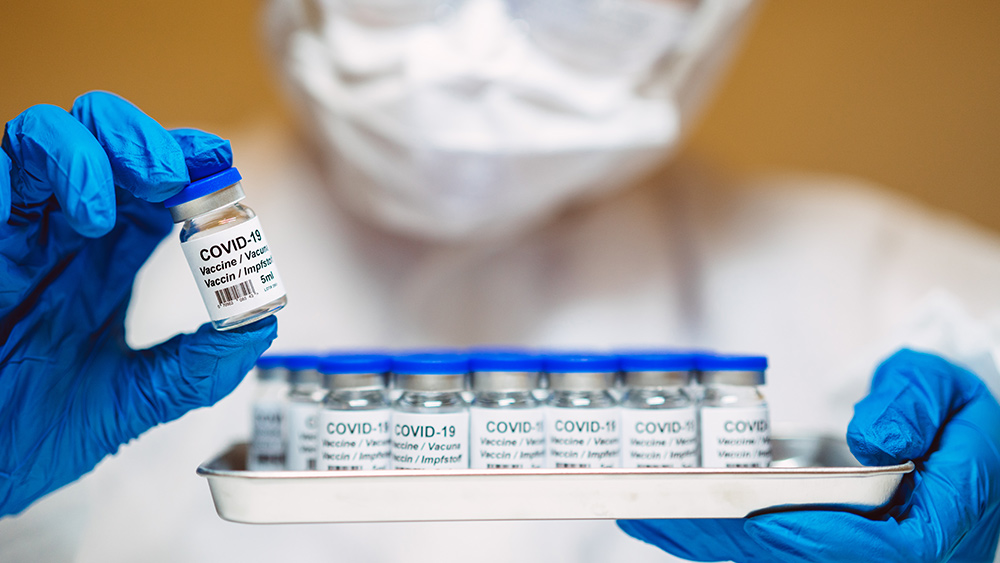- John Lauritsen's "The AIDS War: Propaganda, Profiteering, and Genocide from the Medical-Industrial Complex" critiques the conventional understanding of AIDS, arguing it was shaped by misinformation, corporate greed and systemic neglect of marginalized groups like gay men, drug users and hemophiliacs.
- He disputes CDC statistics, suggesting drug use played a larger role in AIDS cases than acknowledged, and highlights correlations between immune suppression and recreational drug use (e.g., nitrites, cocaine) rather than HIV alone.
- Lauritsen challenges the HIV-AIDS link, noting HIV fails to meet Koch's Postulates and that many HIV-positive individuals never develop AIDS, implying other contributing factors.
- He accuses Burroughs Wellcome and the FDA of promoting toxic, ineffective AZT as a treatment, calling it "iatrogenic genocide" that harmed vulnerable populations for profit.
- The book blames the media for uncritically spreading fear and suppressing dissent, advocating for transparent science, holistic therapies and accountability in public health policy.
John Lauritsen's 1993 book "
The AIDS War: Propaganda, Profiteering, and Genocide from the Medical-Industrial Complex" presents a provocative and deeply critical examination of the AIDS crisis, challenging mainstream narratives about its causes, treatments and the institutions that shaped public understanding.
Lauritsen argues that the epidemic was not merely a viral outbreak – but a complex phenomenon exacerbated by misinformation, corporate greed and systemic neglect of marginalized communities. His work forces readers to reconsider long-held assumptions about AIDS and the role of the medical establishment in perpetuating harmful myths.
From the outset, Lauritsen questions why AIDS disproportionately affected specific groups – gay and bisexual men, intravenous drug users, Haitians and hemophiliacs – rather than spreading uniformly across the population. He scrutinizes data from the
Centers for Disease Control and Prevention (CDC), accusing the agency of misrepresenting key statistics.
For example, while the CDC claimed that 17 percent of AIDS cases involved intravenous drug users, Lauritsen's analysis suggests the true figure could be as high as 36 percent. This discrepancy, he argues, obscured the potential role of drug abuse in immune suppression – diverting attention from environmental and behavioral factors.
Lauritsen further explores the lifestyles of gay men with AIDS, noting a strong correlation between the disease and recreational drug use. Studies cited in the book reveal that many affected individuals had histories of using nitrite inhalants ("poppers"), marijuana, amphetamines, cocaine and alcohol. He posits that these substances, particularly in combination, could weaken the immune system either directly or by interacting with microbial agents.
This hypothesis challenges the dominant view that HIV alone causes AIDS, especially since HIV fails to meet Koch's Postulates – the scientific criteria for establishing a pathogen as the sole cause of a disease. Lauritsen points out that not all AIDS patients test positive for HIV, and many HIV-positive individuals never develop AIDS, suggesting other contributing factors.
Central to Lauritsen's critique is the medical-industrial complex's promotion of azidothymidine (AZT) as a primary treatment. He accuses Burroughs Wellcome, AZT's manufacturer, of profiteering and the
Food and Drug Administration of approving the drug based on flawed research.
AZT, he argues,
is not only ineffective but also highly toxic – exacerbating immune suppression and causing severe side effects. Lauritsen describes this as a form of "iatrogenic genocide," particularly targeting gay men, who were pressured into accepting a dangerous treatment under the guise of medical progress.
The book also condemns the media's role in perpetuating what Lauritsen calls the "AIDS myth." He alleges that journalists uncritically repeated official narratives,
suppressed dissenting voices and sensationalized the crisis, fostering fear rather than informed debate. Examples of censorship and biased reporting, he claims, reveal a complicity in misleading the public about the true nature of the epidemic.
Despite its scathing critique, "The AIDS War" offers a path forward. Lauritsen advocates for a shift away from toxic pharmaceuticals toward holistic, non-toxic therapies. He emphasizes the need for rigorous scientific inquiry, free from corporate influence, and calls for greater transparency in public health policy.
His work is a plea for accountability, urging society to confront the failures that turned a health crisis into a humanitarian disaster. Ultimately, Lauritsen’s book is a call to action—a demand for truth in science and justice for those most affected by AIDS. By exposing the intersections of propaganda, profit and systemic neglect, he challenges readers to rethink the epidemic’s history and to seek solutions that prioritize human lives over institutional power.
"The important thing now is to get out the truth. We must save lives, stop the squandering of our national resources and rescue the good name of science," writes Lauritsen. "The AIDS War" remains a vital, if controversial, contribution to understanding one of the most devastating health crises of the 20th century.
Watch this video about John Lauritsen's
"The AIDS War: Propaganda, Profiteering, and Genocide from the Medical-Industrial Complex."
This video is from the
BrightLearn channel on Brighteon.com.
Sources include:
Brighteon.ai
Brighteon.com
 Parler
Parler Gab
Gab










